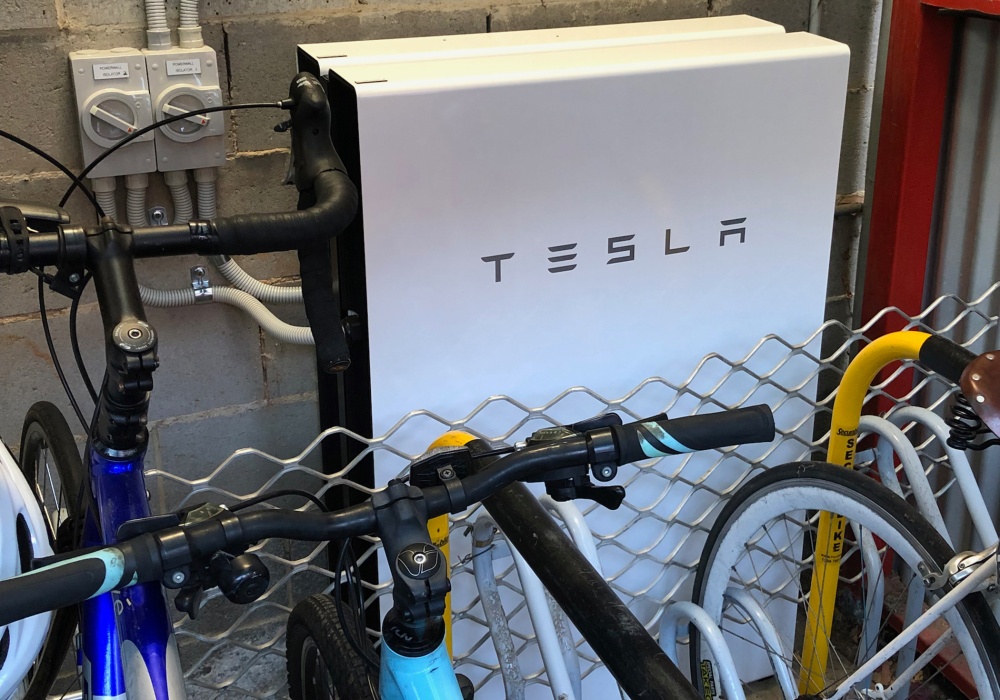Why would our retailer want to install a smart-meter?
Out of the blue, our electricity retailer advised that they would replace our electricity meter with a smart digital meter. The replacement would be done free of charge. These smart meters differ from traditional meters in that they record usage every 30 minutes and then send daily totals to the retailer by dedicated wireless at the end of each day. That enables billing based on time-of-day usage.
So why would they do the replacement free of charge?
Supporting a grid powered by renewables
It made sense that it would be to the retailer’s financial benefit, not our benefit. But we agreed to let the replacement go ahead, because it is consistent with the move to a grid powered by renewables. “At a community level, smart meters are a crucial enabling tool for the reforms we all need to decarbonise the grid.” – The Australian Energy Market Commission (AEMC)
Time-of-use tariffs encourage optimal usage patterns: heaviest usage either during the solar-sponge period in the middle of the day, or overnight when usage is minimal.
Time-of-use tariff
Our new time-of-use tariff works like this (rates include GST):
- 12am to 1am: Peak = 38.3c/kWh
- 1am to 6am: Off-peak = 26.4c/kWh
- 6am to 10am: Peak = 38.3c/kWh
- 10am to 3pm: Shoulder (solar sponge) = 21c/kWh
- 3pm to 12am: Peak = 38.3c/kWh
The new Peak rate was 7% higher than our previous flat rate, so if nothing else changes, we would expect to be paying more for our electricity under the new tariff:
- Our PVs and batteries carry us through the afternoon / evening Peak period.
- But the batteries are emptied by midnight, so there’s nothing to carry us through the morning peak.
Tesla Powerwall AI
Looking at the settings on the Tesla App, we noticed there was an option to change our Powerwalls to Time-of-Day optimisation instead of Self-power optimisation.

We plugged our new time-of-day retailer rates into the Tesla system, wondering just how smart the AI would be.
Tesla AI test of Time-Based Control
We found that the Tesla battery AI is indeed very smart. With the new Time-of-Day settings, here’s what happened:
- Overnight, at Off-peak rates, the Tesla AI organised for the the batteries to be charged to 49% from the grid.
- That was the Goldilocks amount: just enough to power the building through the next morning peak usage till about 9am, by which time the PVs were awake enough to provide all the power usage plus refilling the batteries to 100% from solar.
- That was enough to power the building from the batteries through the evening peak till just after midnight, when the cycle started again.

Powerwalls now doing a double-shift
So the batteries are now doing a double-shift for us:
- insulating us from any Peak retailer rates
- assisting the grid by having us draw power from the batteries, instead of from the grid, during both morning and evening peaks.
Only in the depths of winter – when daylight hours are shorter and the PVs shut down earlier in the evening – there will be up to about 5 hours – 8pm to 1am – when we use Peak power.
Outstanding performance

This is an outstanding performance bearing in mind that normally there’d be 1 Powerwall per household, whereas we have only 2 Powerwalls for 13 households. It’s a tribute to the sustainable design of the Christie Walk Sturt Apartments building, and to the energy-conscious residents, who enjoy a comfortable lifestyle with low emissions.
Read more of our adventure in low-carbon living
You can continue reading of our adventure with Episode 11 – Innovative solar, storage and sharing.
It’s part of our special series:
Aiming beyond NetZero at Christie Walk – Adventures with an environmentally conscious inner-urban community.


Leave a Reply